A Colorful Tapestry: Exploring the Rich History and Variety of Hausa Traditional Attire
The rich cultural heritage of the Hausa people, a dynamic and significant ethnic group in West Africa, is eloquently represented in their traditional attire. Hausa clothing is a powerful statement of identity, social standing, and personal flair that is woven into the very fabric of their important ceremonies and everyday lives. It is more than just a way to conceal one's body. Every article of clothing, from the elaborate needlework of the hannun riga to the flowing grace of the babban riga, tells a tale and is a tribute to decades of artistic talent and cultural preservation.
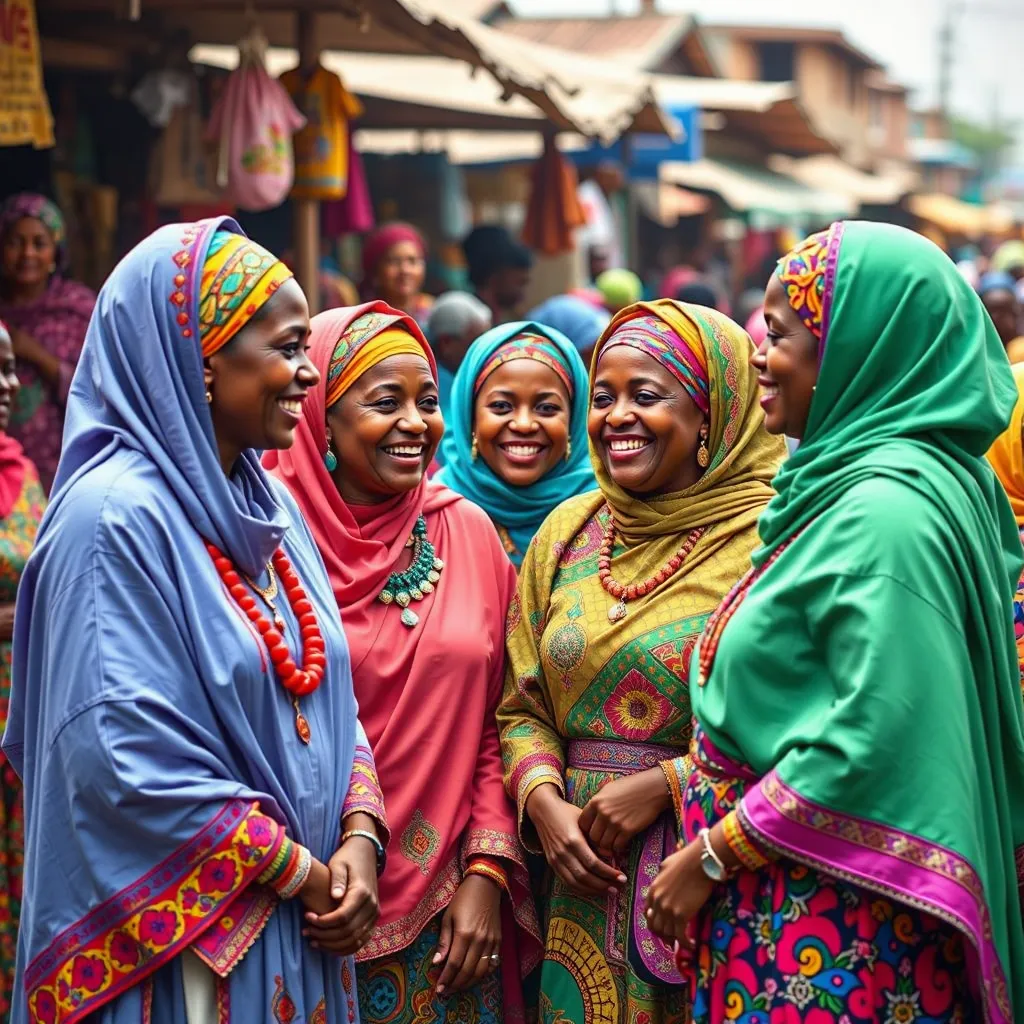
The babban riga, a long, flowing robe usually composed of vividly colored materials like cotton, silk, or brocade, is the cornerstone of the majority of Hausa clothing. From geometric shapes to floral themes and even stylized animal representations, these textiles can have complex patterns and designs. The color selections themselves are important since they frequently reveal the wearer's age, marital status, or even their place of origin. Vibrant reds, brilliant yellows, and deep indigo blues are commonly observed, producing a powerful visual effect. In order to create a cohesive and sophisticated ensemble, the babban riga is frequently worn with a matching pair of pants, known as wando.
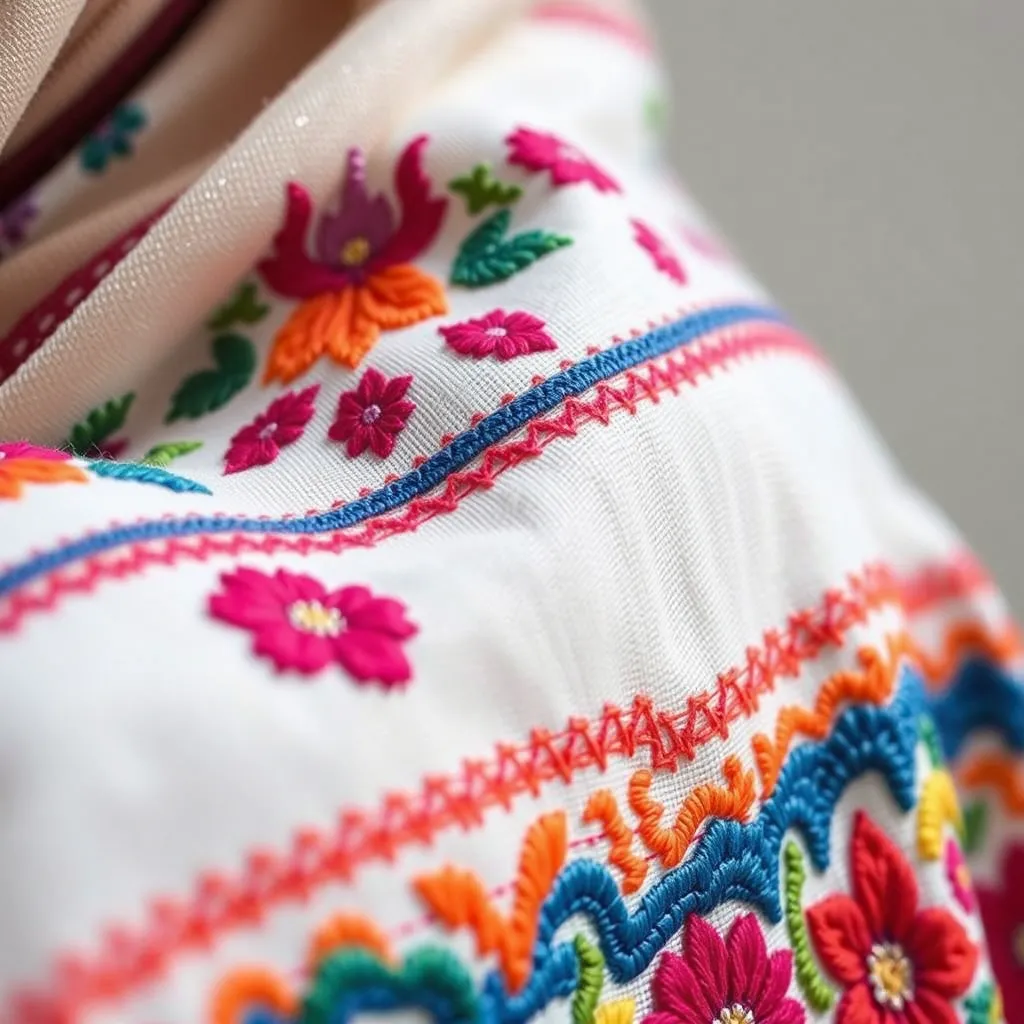
The shadda, a long, baggy robe typically embellished with intricate embroidery, is commonly worn with the babban riga by men. Because the Hausa society places a high value on craftsmanship, the needlework, which is usually done by hand, might take weeks or even months to complete. The end product of this laborious procedure is clothing that is both wearable art and clothes. The overall elegance of the garment is enhanced by the flared sleeves and the shadda's many elaborate geometric designs. In order to complement their shadda, men can also don a fata, which is a kind of headgear made of embroidered fabric.

Hausa women's clothing is just as interesting and varied. Women typically wear a hannun riga, a long-sleeved blouse that is frequently intricately embroidered and embellished with beads or sequins, in addition to the babban riga. The elaborate patterns and motifs of the hannun riga, which frequently tell stories or have symbolic meanings, are a tribute to the craftsmanship and talent of Hausa women. A dan-ikogi, a decorative scarf that is typically draped beautifully around the head or shoulders, may also be worn by them.
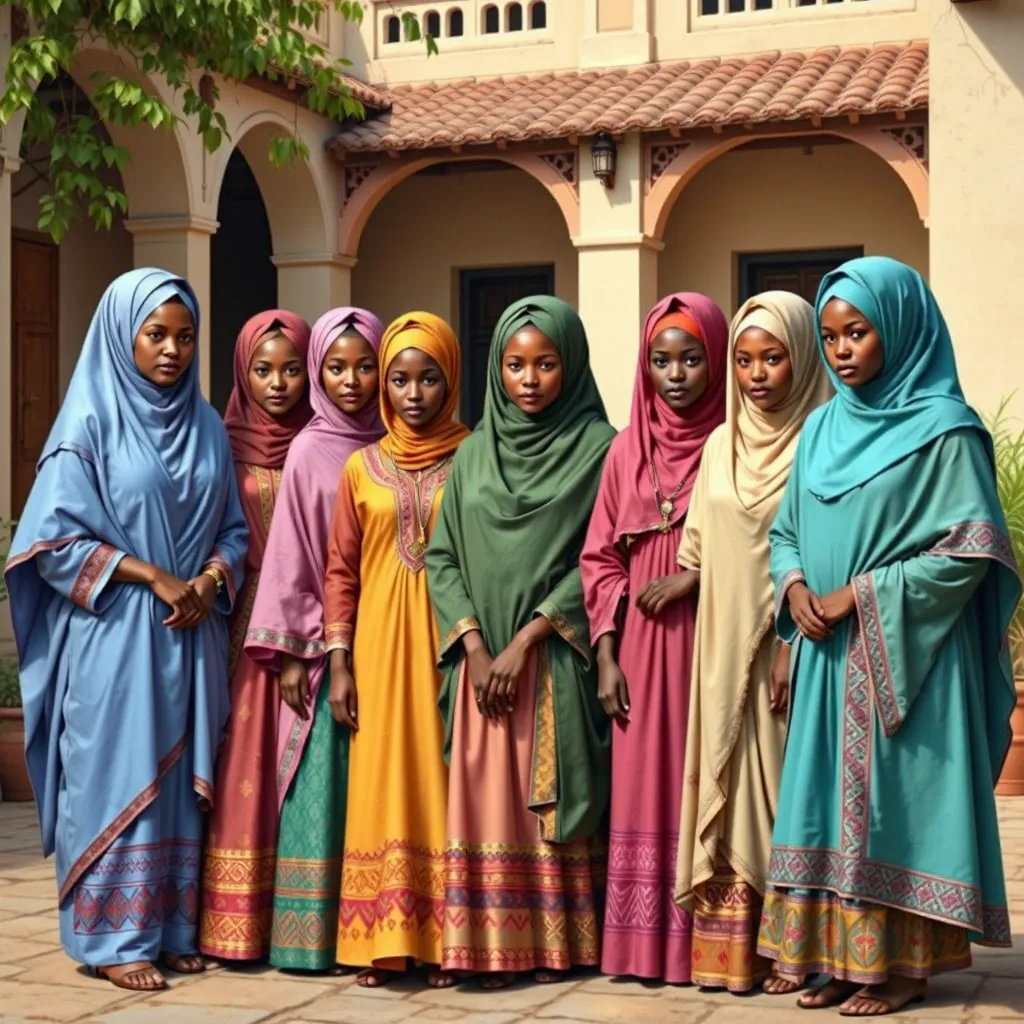
In addition to the fundamental clothing, Hausa dress frequently includes a variety of accessories that heighten its aesthetic appeal and cultural significance. These can include ornate jewelry made of silver, gold, or beads, such as bracelets, necklaces, rings, and earrings. Jewelry comes in a wide range of forms and styles that reflect social standing as well as individual preferences. Women also commonly wear headwraps, which provide another layer of visual complexity to their clothing and are frequently brilliantly colored and beautifully patterned.
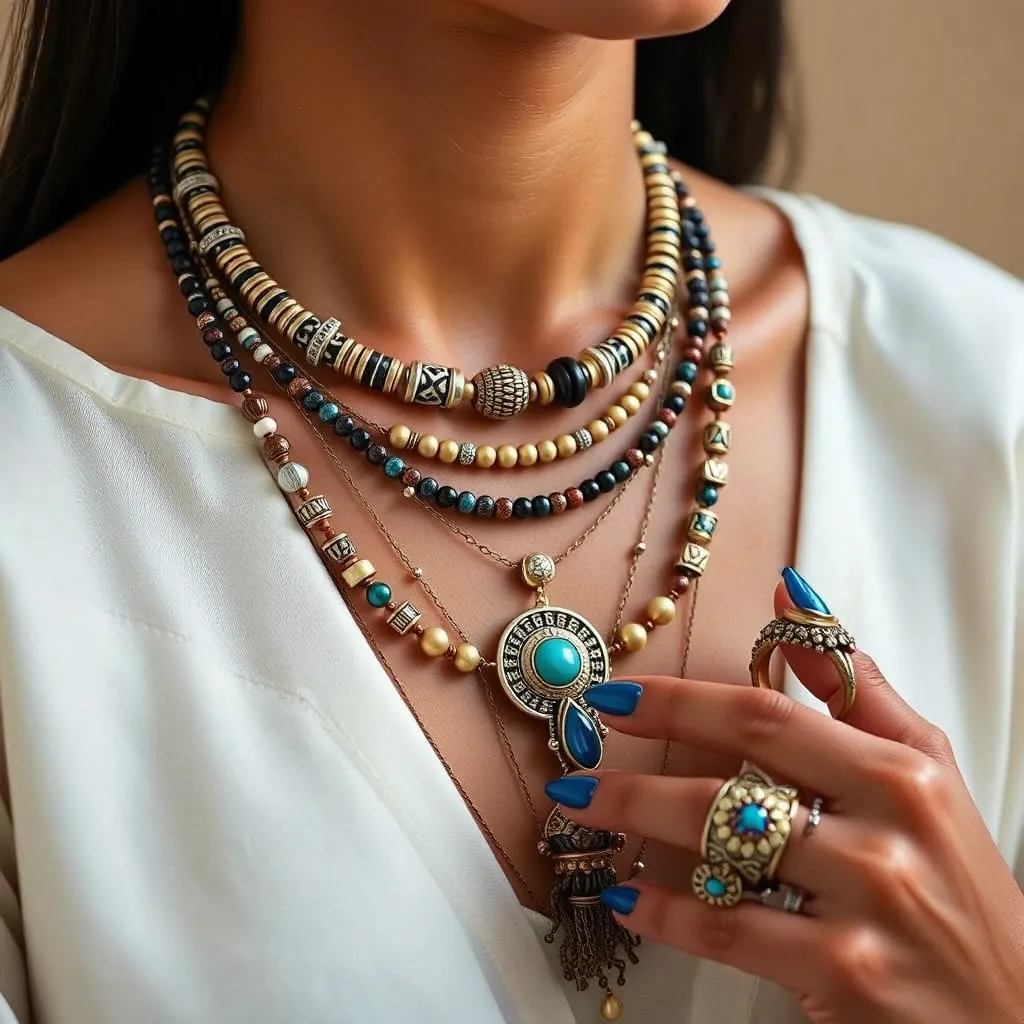
The importance of traditional Hausa clothing goes beyond appearances. It is an important part of religious and social gatherings and is a potent sign of pride in local culture. Hausa people frequently wear their most ornate clothing for weddings, festivals, and other festivities, making for a colorful and breathtaking display. Additionally, the selection of materials, hues, and decorations can convey subliminal clues regarding the wearer's marital status, social standing, or even place of origin.
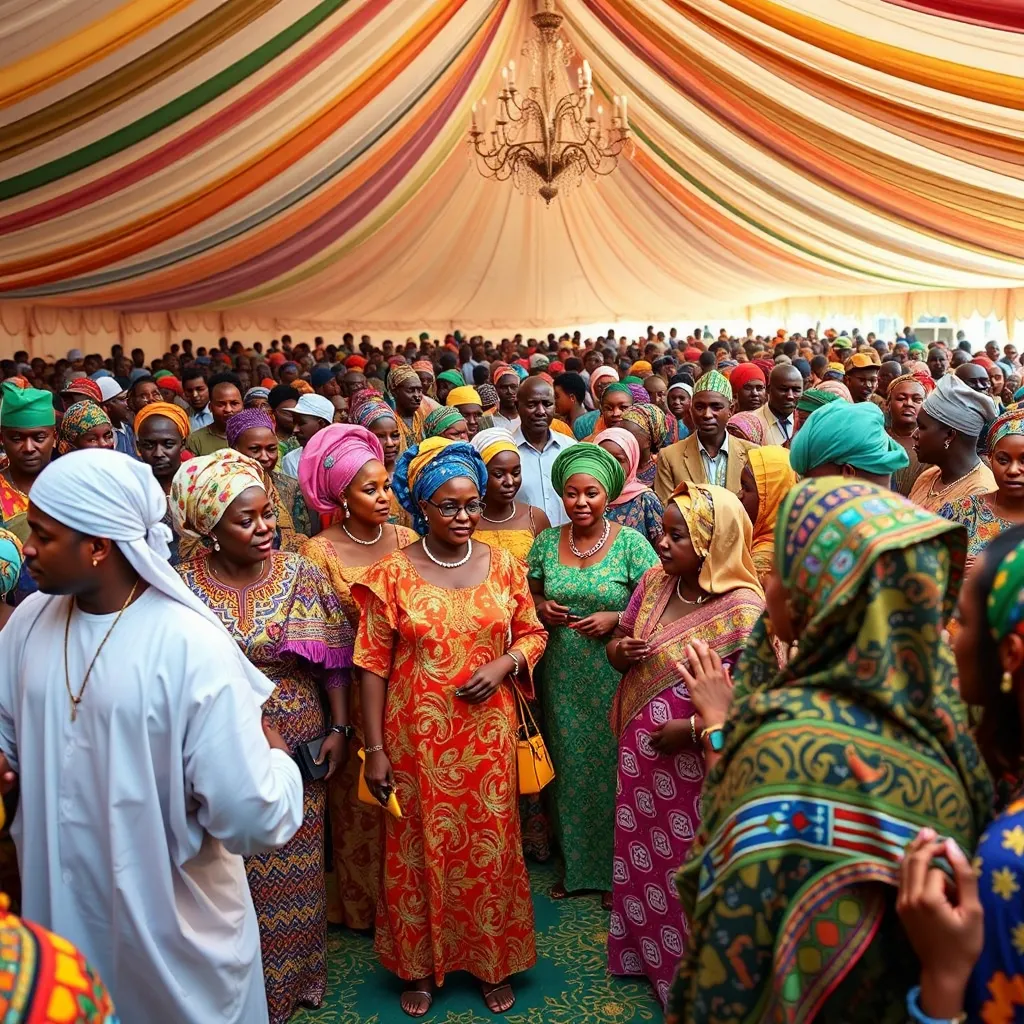
Hausa traditional clothing's continued appeal is evidence of its timeless beauty and cultural importance. The fundamental components of Hausa clothing have not changed much despite the unquestionable influence of modern fashion trends, maintaining a rich heritage of artistic expression and cultural identity. The Hausa people's timeless vitality and creative force are demonstrated by the vivid colors, elaborate patterns, and painstaking craftsmanship that never cease to enthrall and inspire.
Maintaining Hausa traditional clothing is essential to preserving a rich cultural heritage; it is not only a question of style. Supporting regional craftspeople and advancing traditional methods guarantees that this rich cultural legacy will endure for many more generations. In addition to its aesthetic value, Hausa clothing is beautiful because of the cultural identity it represents, the stories it tells, and the customs it preserves.
Frequently Asked Questions (FAQ)
Q: Where can I buy authentic Hausa traditional attire?
A: Local marketplaces in Northern Nigeria and other places where the Hausa people live frequently carry authentic Hausa clothing. Although it's important to guarantee authenticity and ethical sources, you may also find internet merchants that specialize in African apparel.
Q: How is Hausa attire different from other West African clothing styles?
A: Hausa dress is unique in its use of materials, colors, and embroidery techniques, even if it shares some characteristics with other West African clothing styles. Two distinctive elements are the shadda and hannun riga's elaborate needlework and the flowing babban riga.
Q: What is the significance of the colors used in Hausa attire?
A: Depending on the situation and regional variances, the colors utilized in Hausa clothing frequently have symbolic value. Nonetheless, some colors are typically connected to particular events or social standings. Bright reds, cheerful yellows, and deep indigo blues are common and have cultural meaning.
Q: How much does Hausa traditional attire typically cost?
A: The quality of the fabric, the complexity of the embroidery, and the overall design can all have a significant impact on the price of Hausa traditional clothing. Simpler clothing may be reasonably priced, while heavily embroidered items can be pricey due to the time and skill required to create them.
Q: Is it appropriate for non-Hausa people to wear Hausa traditional attire?
A: Although it's not specifically illegal for non-Hausa persons to dress in Hausa clothing, it's nonetheless vital to treat it with deference and understanding. The cultural significance of such clothing should be understood when wearing it, and any behavior that might be interpreted as disrespectful or inappropriate should be avoided. It is crucial to investigate the cultural background and make sure that sourcing is done responsibly.
Q: How can I learn more about the history and cultural significance of Hausa attire?
A: Books on Hausa culture, scholarly study articles, and internet sites devoted to African fashion and textiles can all teach you more. African art and history museums and cultural institutions can also offer insightful information. Additional understanding and appreciation can be gained by politely and directly interacting with the Hausa population when feasible.

.png)
.webp)
.webp)
0 Comments